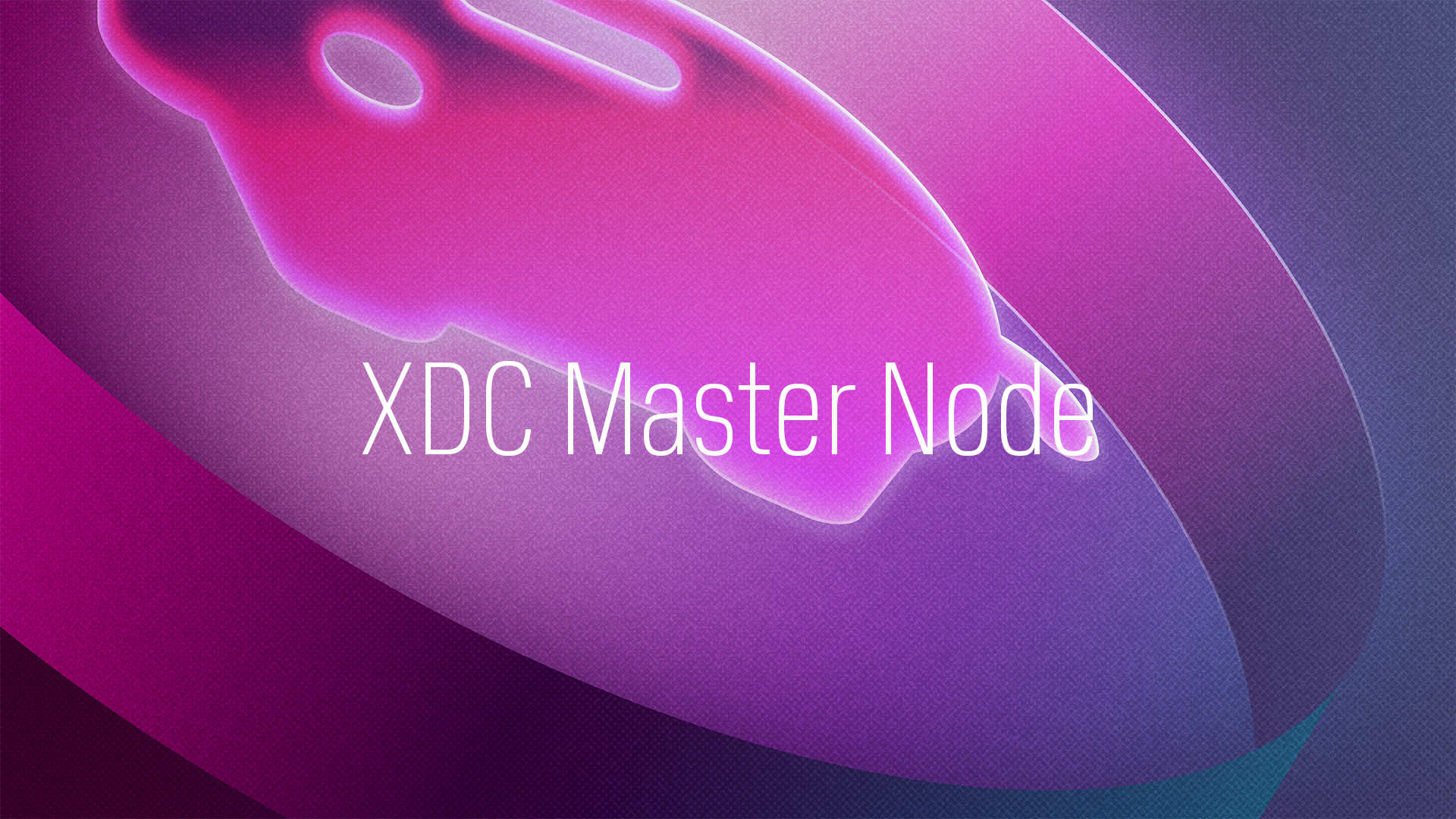The concept of asset tokenization, transforming physical assets like gold into digital tokens on a blockchain, is revolutionizing how we perceive and manage ownership. Within this transformative landscape, XRP and its underlying technology, the XRP Ledger, emerge as key players by supporting custom tokens, including those representing real-world assets. This capability not only broadens the utility of the XRP Ledger but also has implications for XRP's demand, liquidity, and overall value in the marketplace. This post explores how tokenization could influence XRP, considering both its potential to boost the cryptocurrency's prominence and the challenges it might face.
Tokenization involves converting assets like gold into digital tokens on a blockchain. These tokens can then be easily and securely transferred.
XRP Ledger supports custom tokens, including those that could represent other assets like gold. This adds another layer of utility to the XRP Ledger.
If the XRP Ledger gains popularity for tokenization, this could drive up demand for XRP to cover transaction fees.
If XRP Ledger is used for both money transfers and tokenization, its native token (XRP) could gain more value.
More asset classes on the XRP Ledger could mean more liquidity, making XRP more attractive for other use-cases.
Custom tokens on XRP Ledger don't directly affect XRP's demand.
XRP's price may be more influenced by market sentiment rather than its utility.
Success in tokenization on other platforms may not translate to XRP's success.
Regulatory developments could overshadow any benefits from tokenization.
Tokenization on the XRP Ledger presents a dual-edged sword for XRP: on one side, it offers a pathway to increased demand, enhanced network utility, and greater liquidity through the diversification of asset classes. On the other, it introduces a set of neutral or potentially negative impacts, including competition with other tokens, market sentiment fluctuations, and regulatory uncertainties. The true effect of tokenization on XRP will depend on a complex interplay of these factors, underscoring the need for a nuanced understanding of blockchain technology's evolving role in digital finance. As the landscape of asset tokenization expands, so too will the opportunities and challenges for XRP in carving out its place in the new digital economy.


